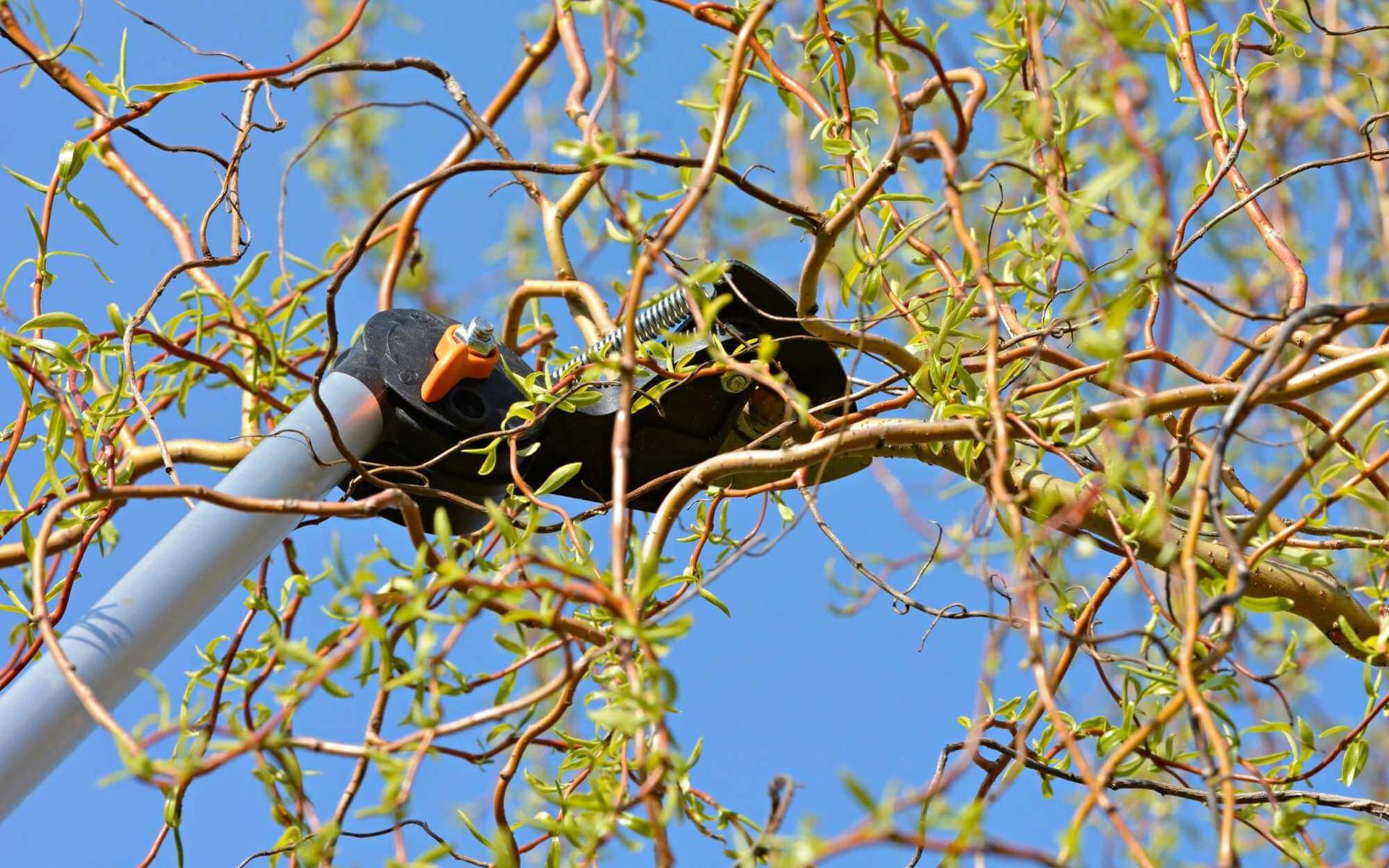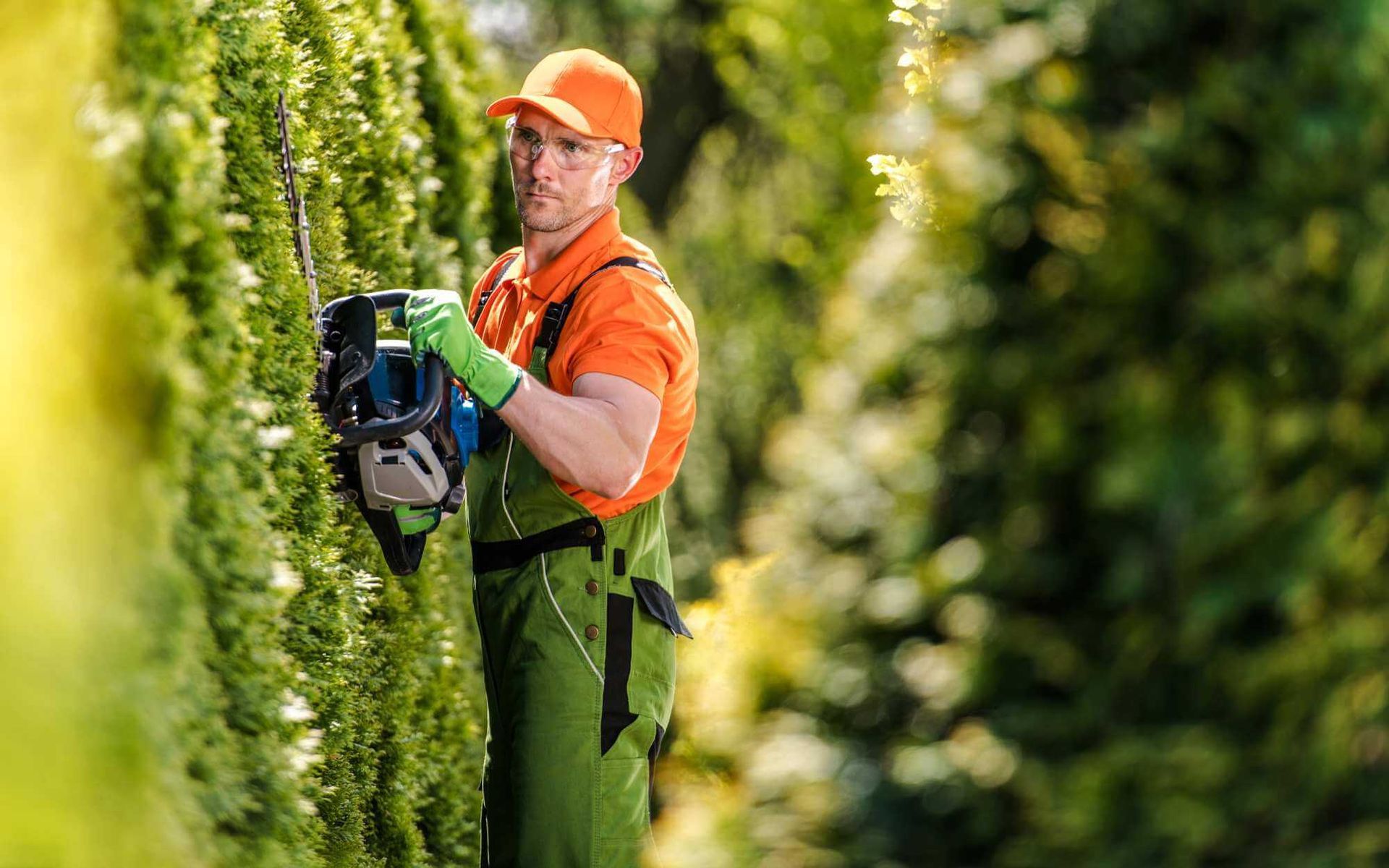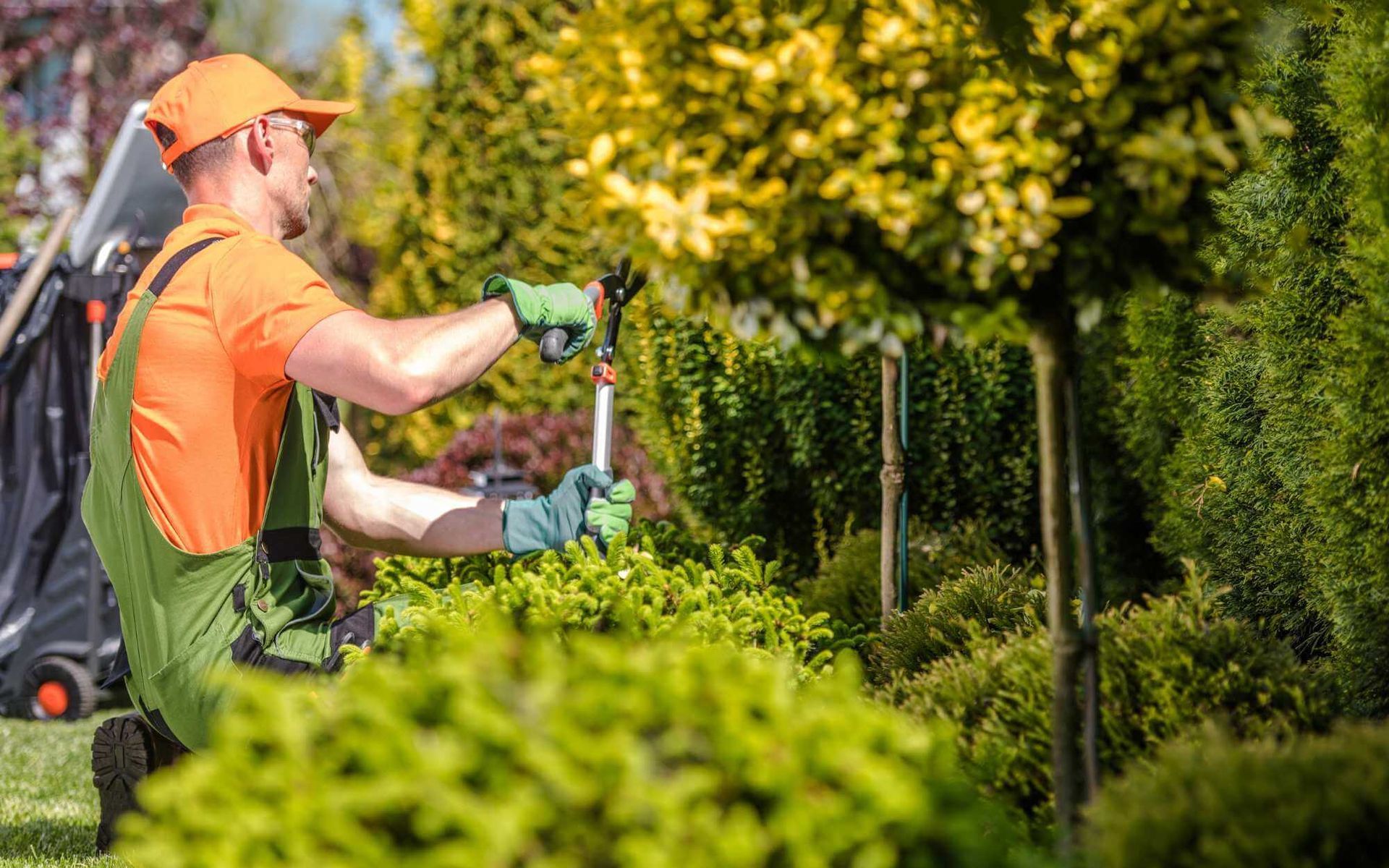A Homeowner’s Guide to Seasonal Tree Trimming for Beauty
PUBLISHED ON
SHARE THIS ARTICLE

As a homeowner, one of the most gratifying endeavors is maintaining the aesthetic appeal of your property. Among the many aspects that contribute to a home's visual charm, the luscious trees that grace our yards play a significant role. These towering beauties, however, require a certain level of maintenance to ensure they continue to enhance, rather than detract from, the beauty of our homes.
Seasonal tree trimming is not just about tree health; it's an essential strategy for cultivating a visually pleasing landscape year-round.
Welcome to our homeowner's tree care guide on
seasonal tree trimming, where we'll explore the art and science behind maintaining the beauty of your trees throughout the changing seasons.
Spring Tree Trimming

Spring is an ideal time for tree trimming due to trees' vigorous growth and the ability to heal rapidly from cuts. Pruning in spring promotes strong growth, removes dead or damaged branches, and helps shape the tree for optimal summer shade.
Trim maple trees during early spring, before the sap starts flowing. Prune oak and elm trees after leaves have fully emerged to prevent disease from splashing onto exposed wounds. And trim fruit trees while they are still dormant and in their winter state.
For late spring pruning, avoid removing more than 25% of the canopy. Also, be mindful of branches that cross each other and cause rubbing or abrasion. This can weaken both branches and leave them vulnerable to pests and disease.
Remember, a tree's overall health and appearance significantly depend on proper trimming and shaping.
Summer Tree Trimming

Summer pruning is critical for curtailing growth, improving tree health, and maintaining aesthetics.
During early summer, we recommend pruning deciduous trees while they are still in leaf. This is when you can easily identify dead limbs and decaying wood. You should also look for water sprouts and suckers near the base of the tree that can be removed to promote new growth.
Late summer brings a different type of trimming, involving selectively removing branches to improve structure and shape. This is especially important for new trees that need guidance as they grow.
Remember to always use clean, sharp pruning tools when trimming a tree to protect against disease and damage to the tree. A well-trimmed tree in summer not only thrives but also offers an attractive canopy of shade.
Fall Tree Trimming
Fall pruning plays a significant role in preparing trees for the harsh winter ahead.
Most trees thrive when they are trimmed in the fall as it helps to reduce wind resistance, soften the branch's bark, and remove weak growth. This type of trimming can also help to improve airflow and light penetration which can be beneficial for new trees.
As opposed to the growing season, trimming in the fall helps to reduce stress on the tree and can allow it to focus on storing nutrients for winter. Once a tree has gone dormant in late fall, begin pruning broken, diseased, or dead branches. Inspect trees for structural weaknesses that could cause damage during extreme weather. Brace if there are visible cracks in the trunk.
In essence, thoughtful fall pruning is about safety and setting the stage for healthy spring growth.
Winter Tree Trimming
Winter is an excellent time to prune trees as they are in dormancy, leading to less sap flow and thus, less mess during trimming. Lower sap levels also decrease the likelihood of disease transmission and pest attraction.
Moreover, the absence of leaves provides a clearer view of the tree structure, enabling accurate cuts. This is the right tree pruning season to remove dead or diseased branches, as well as those growing into the interior of the tree.
Always use sharp, clean tools for precise cuts and to prevent disease spread.
Finally, it's important to not cut too much in winter as this can cause brittleness and accidental damage to the trees; wait until you can assess new spring growth before pruning again.
Get ready for year-round tree beauty with these essential tips and tricks!
Maintaining your trees' beauty requires a year-round effort, and proper trimming is a crucial aspect of that process. By following these tips for seasonal tree trimming for beauty, you can ensure your trees stay healthy, visually appealing, and safe for years to come.
But don't just stop at trimming - consider consulting with a certified arborist for professional advice on maintaining your trees' health and aesthetics. With the right knowledge and care, your trees can continue to enhance the beauty of your home throughout all seasons.
Don't wait any longer, grab those pruning tools and get started on creating a stunning landscape for your property!
Want a free quote or some friendly advice? Call our team today:






